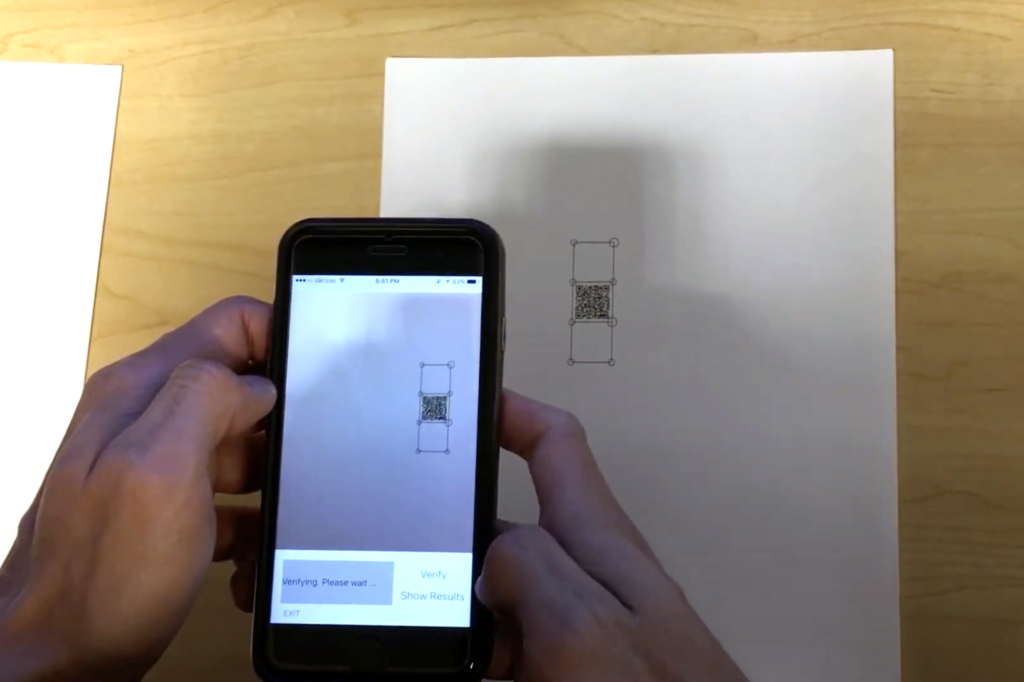
Chau-Wai Wong, assistant professor of electrical and computer engineering at North Carolina State University, and Min Wu at University of Maryland are the inventors on U.S. Patent US 10,726,256, granted July 28, 2020.
“Counterfeit Detection Scheme Using Paper Surfaces and Mobile Cameras” is based on Wong’s dissertation research. At Maryland, Wong was jointly advised by Min Wu and Gang Qu.
Wong has received the Jimmy H. C. Lin Innovation Award from the University of Maryland. The funds are meant to reward the inspiring and innovative work done among UMD’s ECE students, faculty, and staff. The generous gift recognizes and encourages innovators through the patenting process which oftentimes is lengthy and expensive.
Merchandise packaging and valuable documents such as tickets and IDs are common targets for counterfeiters. Traditionally, counterfeiting has been deterred by using such features as holograms and ultraviolet ink. These techniques tend to be expensive and have a weak ground truth—authenticity detection relies on a manual decision made by the recipient of the item.
As an alternative, the surface structures photographically captured by cameras can be exploited for counterfeit detection at a relatively low cost. For example, paper formed by intertwisted wood fibers has a complicated random jungle of structure that is physically unclonable and unique from one piece of paper to another. Such unique “fingerprint”-like 3D structures of paper surfaces, after being optically acquired and stored as a ground truth in a verification database, can be used for subsequent authentication tasks
Wong and Wu’s patent is a method that uses the microscopic roughness of paper’s surface captured by mobile cameras for authentication.
Using mobile cameras and illumination—such as a cell phone’s “flash” feature and camera—an item’s surface is illuminated and captured in multiple photos. From the scene of each photo, a camera-surface geometry such as the direction of the incident light and the location of the camera lens will be first estimated. After calculating these quantities for all photos, based on a light reflection model, one can calculate a verification feature named the normal vector field, or a collection of the directions of all surface locations of the item. The verification feature extracted from the item is then searched against the reference database and authenticity can be verified if a match is found.